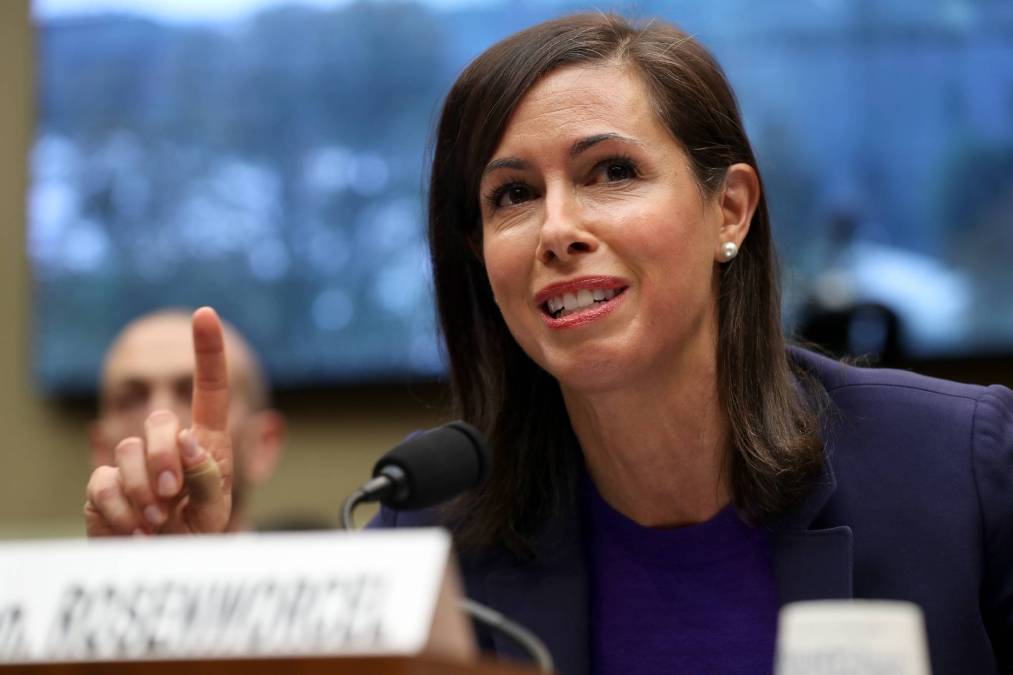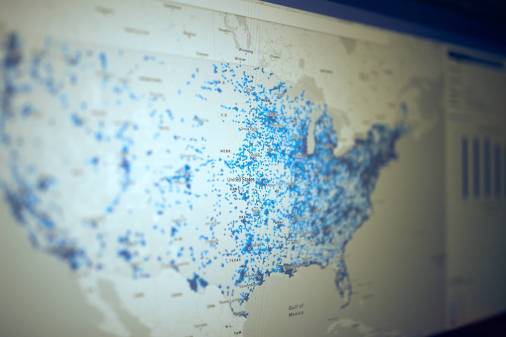Updated broadband map will be ‘noticeably better’ says FCC chair

The Federal Communications Commission has been busy updating its national broadband map, commission Chairwoman Jessica Rosenworcel wrote in a blog post last week.
The FCC added more than 1 million new locations to the broadband fabric, which maps the locations where fixed broadband access could be installed. The first version of the fabric was published in November, and a second version is expected to be released later this spring.
The new additions to the fabric are the result of the FCC mapping team adding 2.96 million locations and removing 1.92 million locations, Rosenworcel said. New location additions were most significant in Alaska, U.S. territories and tribal lands, while location removals largely addressed structures such as garages and sheds.
State government challenges accounted for nearly 122,000 of the new location additions, but most were the result of efforts by the broadband consulting firm CostQuest, Rosenworcel said.
“We’ve come a long way in the short time since that November release,” she wrote on the FCC’s website. “Our next maps will be noticeably better – thanks in large part to even better location data.”
According to the FCC, the first version of the fabric included more than 113 million fixed broadband installation locations, and the second version will include more than 114 million.
“A net adjustment of less than 1% to the number of serviceable locations says that, on balance, the November pre-production draft of the National Broadband Map painted a helpful picture of where high-speed internet service could be available,” Rosenworcel wrote.
But, she added, the agency is not “resting on its laurels” and has made “important corrections and additions to the data.”
The FCC was widely panned last year for the inaccuracy of its broadband maps, updated versions of which will be used by the National Telecommunications and Information Administration to determine how many millions in Broadband Equity, Access, and Deployment grant funding each state will receive. BEAD funding allocation are due to be announced by the NTIA by June 30.
Rosenworcel said the amount of activity surrounding map updates is “notable” and “taking place in a timely manner,” but not everyone is happy with the speed at which the FCC maps are being updated. A bipartisan group of 14 senators from wrote a letter to Rosenworcel on March 23 asking that the FCC increase the frequency of its updates to publish new versions of the broadband fabric on a monthly, rather than biannual, basis.
“Working from incomplete and inaccurate data will tilt the distribution of federal resources away from rural states, undermining the efficacy of the BEAD program and shortchanging millions of Americans of critical investments in broadband,” the senators wrote.






